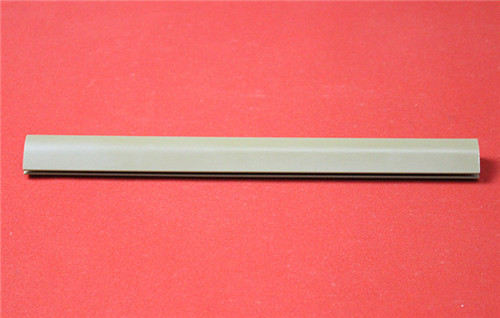
Phone Number :
03 12, 2024

Are PVC plastic decorative strips eco-friendly and recyclable? This article delves into the various aspects of PVC plastic decorative strips, examining their environmental impact and recyclability. By understanding the materials used, production processes, and disposal methods, we can make informed decisions regarding their usage and contribute to a more sustainable future.
PVC (polyvinyl chloride) is a versatile and popular plastic used in various applications, including decorative strips. These strips are commonly employed for interior design purposes in homes, offices, and commercial spaces. PVC decorative strips provide an aesthetic touch, enhancing the overall appearance of surfaces such as walls, ceilings, and furniture.
While PVC plastic decorative strips offer visual appeal, there are concerns about their environmental impact. The production of PVC involves the use of fossil fuels and releases greenhouse gases into the atmosphere. Furthermore, the chemical additives used to enhance the properties of PVC can be harmful if not properly managed.
PVC plastic decorative strips, when disposed of improperly, can contribute to landfill waste and take hundreds of years to decompose. However, advancements in recycling technologies have made it possible to recycle PVC. By effectively separating PVC from other materials and utilizing specialized recycling processes, the recycling industry can help reduce the environmental impact of PVC plastic decorative strips.
The manufacturing industry plays a crucial role in minimizing the environmental impact of PVC plastic decorative strips. Implementing sustainable manufacturing practices and embracing recyclable alternatives can significantly reduce their ecological footprint. Additionally, governmental regulations and policies can encourage manufacturers to adopt more eco-friendly practices and promote the use of recyclable materials.
While PVC plastic decorative strips continue to be widely used, there are alternative materials available that offer similar aesthetics without the same environmental concerns. Materials such as bio-based plastics, reclaimed wood, and recycled materials can provide eco-friendly options for decorative strip applications. Exploring and adopting these alternatives can further contribute to a sustainable and environmentally conscious approach.
In conclusion, PVC plastic decorative strips have both positive and negative environmental aspects. Their production and disposal require careful consideration. However, with proper waste management and recycling efforts, the environmental impact of PVC plastic decorative strips can be minimized. To create a more sustainable future, it is essential to support the development and use of eco-friendly alternatives in interior design applications.